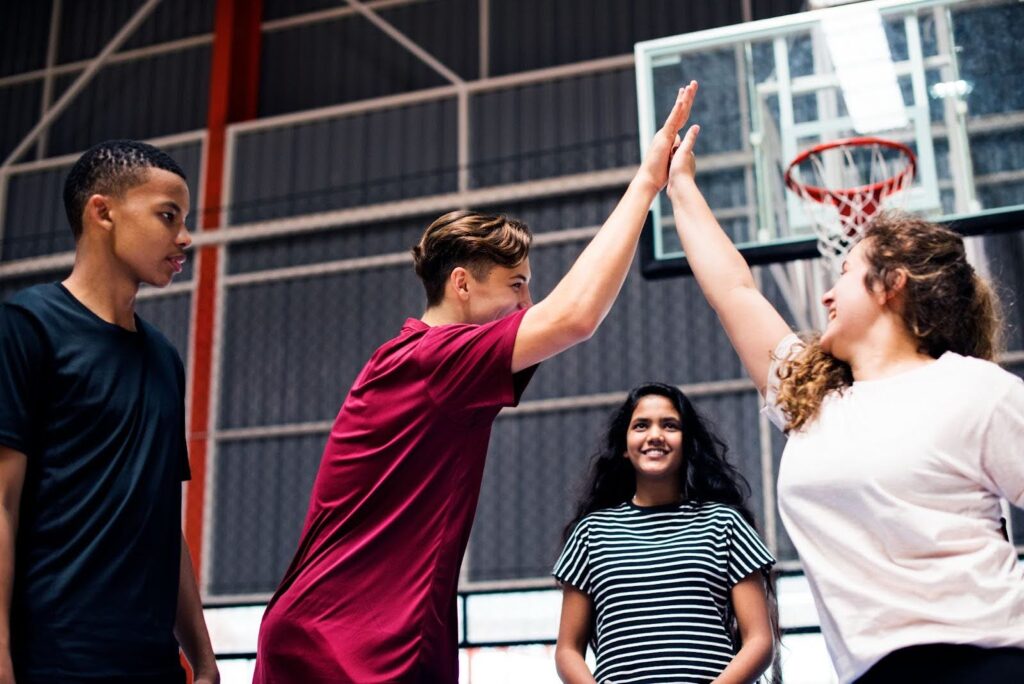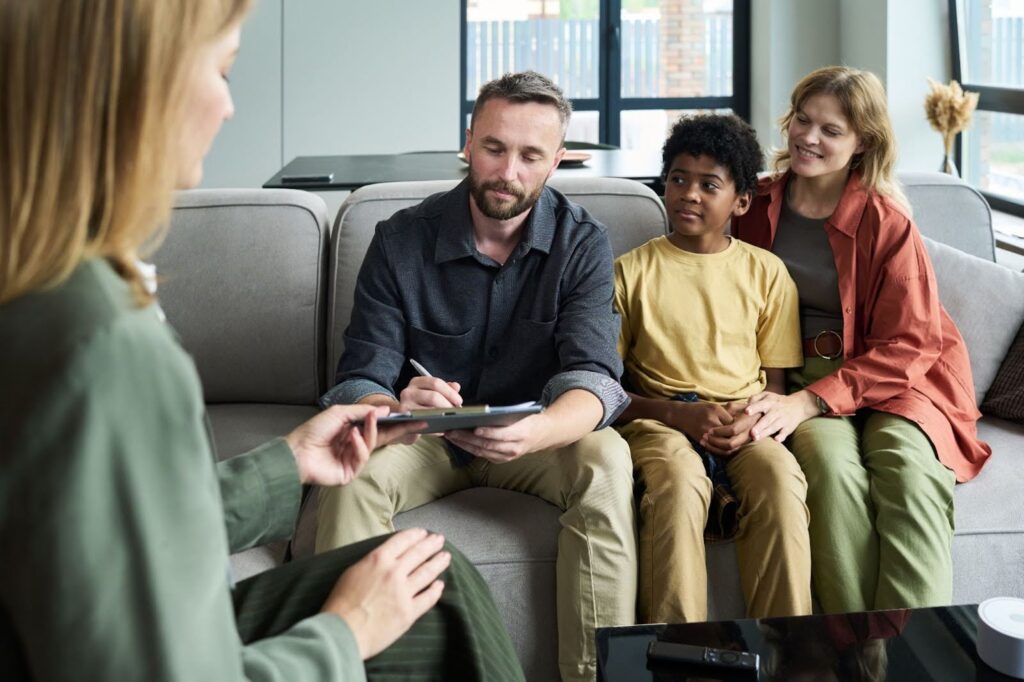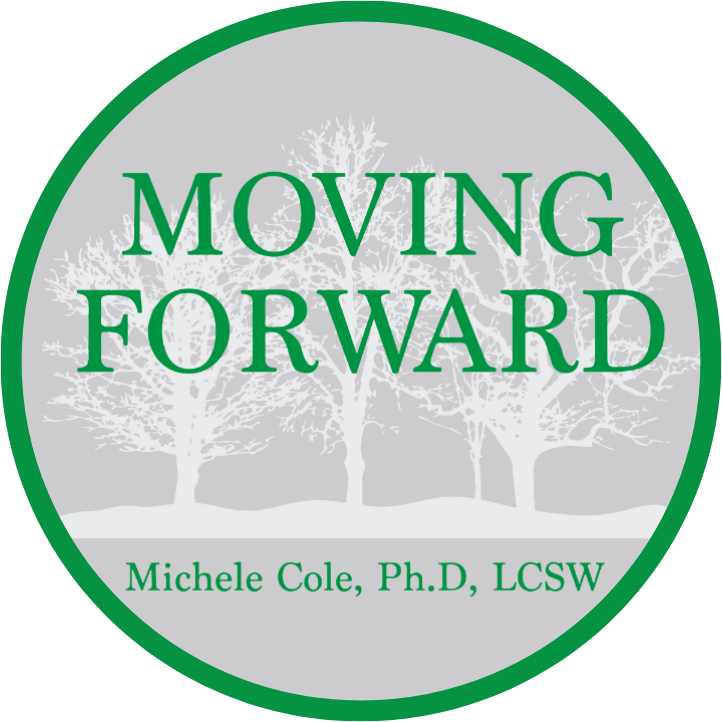
Living with ADHD isn’t just about being forgetful or hyper. It can chip away at your confidence, shake relationships, and make everyday life harder than it should be. For many, the search for real relief can be exhausting. There’s no magic cure, but there are proven paths that make life smoother. The key is knowing what works and tailoring it to your needs.
Why is ADHD Therapy Necessary for Real Progress?
ADHD therapy is necessary because it provides structure, strategies, and support that medication alone can’t offer. It addresses the day-to-day challenges of focus, impulse control, time management, and emotional regulation across all ages. Therapy also helps reduce long-term risks like academic failure, job instability, and strained relationships by building practical skills and emotional insight. Whether it’s for a child learning routines or an adult rebuilding after years of frustration, therapy turns awareness into action, helping life feel less reactive and more intentional.
Therapies for ADHD That Work in Everyday Life
Managing ADHD is more than coping with symptoms; it’s about finding methods that make life easier. The most effective therapies are practical, adaptable, and rooted in daily experience. Here’s how different treatments can offer real change tailored to individual needs:
Behavioral Therapies for ADHD
Behavioral therapies for ADHD remain a core treatment approach, especially for children and teens. These therapies focus on changing patterns of behavior through the use of structure, rewards, and consequences. They don’t just target the person with ADHD, but also involve caregivers or educators. The goal is to create lasting changes that enhance focus, impulse control, and daily functioning.
Cognitive Behavioral Therapy (CBT)
Cognitive Behavioral Therapy helps people with ADHD reshape unhelpful thought patterns. It teaches them how to recognize negative thinking and redirect it. Sessions often include practical tools to manage time, avoid distractions, and handle emotions. CBT works exceptionally well for teens and adults who also experience anxiety or depression. It’s usually short-term and goal-focused, which fits well with ADHD brains. When paired with medication, its results often improve further.
Parent-Training and Behavior Management for Children
Children with ADHD benefit when parents know how to respond calmly and consistently. Parent-training programs teach strategies such as setting clear rules, using visual schedules, and rewarding desired behaviors. They also cover how to manage tantrums or avoid power struggles. Parents learn to reinforce good habits through positive attention rather than punishment. This approach creates a structured and predictable environment that helps children feel secure and succeed. Over time, these routines strengthen emotional and behavioral regulation.
Medication-Based Therapies for ADHD
Medication remains one of the most effective therapies for ADHD, especially when symptoms are severe. It helps balance brain chemicals that affect attention, impulse control, and activity levels. While not a cure, it often lays a foundation that enables other therapies to work more effectively. Most people find the best results through careful monitoring and adjustments.
Stimulant Medications
Stimulants are the most prescribed and researched treatment for ADHD. They work quickly to boost dopamine and norepinephrine, improving focus and reducing impulsivity. Common stimulants include Adderall, Ritalin, and Vyvanse. Some people feel the effects within 30 minutes, making it easier to start tasks and stay on them. Doctors adjust doses over time to get the best outcome with the fewest side effects. Stimulants are not addictive when used correctly and under medical supervision.

Non-Stimulant Medications
Not everyone responds well to stimulants, and that’s where non-stimulants come in. These medications take longer to show effects but offer smoother, all-day symptom control. Options like Strattera, Intuniv, and Kapvay work on different brain systems. They are often used when stimulants cause unwanted side effects or when anxiety is also present. Non-stimulants are also preferred in families with a history of substance misuse. Although slower to act, they can be just as effective in the long run.
Lifestyle and Complementary Therapies for ADHD
Lifestyle changes support core treatments and often fill in the gaps. These include engaging in physical activity, improving sleep quality, and adjusting one’s nutrition. They help the brain function more efficiently and improve mood, memory, and focus. When used in conjunction with behavioral or medication-based therapies, the impact is amplified.
Exercise and Physical Activity
Exercise is a natural focus booster. It increases dopamine and serotonin, which are often low in people with ADHD. Activities such as swimming, martial arts, or running can help reduce restlessness and improve concentration. Moving regularly helps reduce emotional outbursts and builds confidence. Morning workouts are beneficial for starting the day with better focus. Children and adults alike benefit from staying active every day.
Nutrition and Diet Management
Food affects brain health more than many people think. Diets rich in protein, omega-3 fatty acids, and complex carbohydrates support focus and energy. Some families report improvements by removing food dyes or limiting sugar intake, although results vary. Nutrition plans should be realistic and sustainable, not overly restrictive. A balanced diet also supports better sleep and emotional balance. When paired with other therapies, healthy eating habits can enhance results.
Educational and Environmental Therapies for ADHD
For children and students, school is where ADHD challenges often show up the most. Educational therapies create better support systems in the classroom. Environmental adjustments help students stay organized, reduce distractions, and feel more in control of their learning environment. These tools make learning smoother and build long-term skills.
Classroom Accommodations
Individualized Education Programs (IEPs) or 504 plans give students legal access to support. These accommodations might include extra time, fewer distractions, or movement breaks. Teachers may also use checklists or visual timers to help with attention. Collaboration with parents ensures that strategies are effective both at home and at school. When support is consistent, students feel understood and can perform closer to their potential. Early planning often leads to better long-term success.
Coaching and Organizational Skills Training
ADHD coaching focuses on addressing real-world challenges, such as scheduling, goal-setting, and time management. Coaches help clients develop structure and reduce daily overwhelm. They teach methods to break down large tasks into smaller, manageable steps. This type of training is particularly effective for teens, college students, and working adults. It’s practical, hands-on, and tailored to everyday life. Coaching is a valuable tool for building self-reliance and reducing procrastination.
Social and Emotional Therapies for ADHD
Emotional control and social interaction can be difficult for people with ADHD. They may interrupt others, overreact to stress, or fail to recognize social cues. Social and emotional therapies focus on improving relationships, self-awareness, and communication. These skills help reduce conflict and support overall better mental health.
Social Skills Training
Children and teens with ADHD often struggle to keep friends or follow group rules. Social skills groups teach them how to read body language, take turns, and respond to feedback. These sessions utilize role-play and coaching to help individuals build confidence. Practicing in a group setting prepares them for real-life interactions. The goal is not to change who they are but to help them connect more easily with others. Progress can be slow, but it’s steady with the proper support.

Mindfulness and Emotional Regulation
Mindfulness trains the brain to pause before reacting. It can reduce impulsivity and improve mood over time. Techniques include deep breathing, guided meditation, and simple grounding exercises. These practices help people become aware of their thoughts without becoming overwhelmed by them. Over time, emotional swings become less intense and easier to manage. Mindfulness isn’t about sitting still; it’s about staying present and aware.
Therapies for ADHD That Work Best in Combination
Relying on just one type of therapy rarely brings complete relief. ADHD affects behavior, focus, emotions, and relationships simultaneously. Using a combination of therapies provides people with tools for every aspect of life. This approach also allows flexibility as needs change over time. For example, a child might take medication, attend behavior therapy, and follow a special education plan. An adult may combine coaching with cognitive-behavioral therapy (CBT) and regular exercise. The key is coordination between professionals, caregivers, and the person with ADHD. Therapy plans should be reviewed often to stay effective. As symptoms shift, so should the support.
How Therapies for ADHD Change Through Life Stages
ADHD doesn’t disappear with age; it shifts as life evolves. What works in childhood won’t always fit adult responsibilities or senior routines. Therapies for ADHD need to match the stage you’re in. The right fit at the right time can improve focus, stability, and quality of life.
Building Foundations in Early Childhood
In early childhood, therapies for ADHD often involve parent training and behavior-focused strategies. Parents learn to establish clear routines, utilize rewards, and minimize emotional triggers. Tools like visual schedules, timers, and checklists help kids navigate tasks. Consistent structure builds trust and reduces outbursts. School-based interventions also support focus and participation. The goal is to teach kids how to manage themselves with adult guidance.
Supporting Teens Through Emotional and Academic Change
Teenagers face new academic, social, and emotional demands. Therapies for ADHD in this stage focus on self-awareness, emotional control, and decision-making. CBT is commonly used to help teens manage impulsivity and develop coping skills. Sessions may also address risk-taking, anxiety, or poor self-esteem. Academic support, such as tutoring or coaching, helps keep them on track. Involving teens in therapy decisions helps boost engagement.
Reclaiming Focus and Stability in Adulthood
Adulthood brings challenges like career management, relationships, and raising children. Therapies for ADHD here prioritize productivity, structure, and emotional regulation. Adults benefit from ADHD coaching, CBT, and sometimes medication. Therapy may also focus on communication tools to ease relationship tension. Support strategies are built around work routines, family roles, and personal goals. Flexibility is key to long-term consistency.
Navigating ADHD in the Later Years
Symptoms in older adults may shift toward forgetfulness, low energy, or mental fog. Therapies for ADHD often center on simplifying routines and improving cognitive stability. Strategies may include daily planning tools, medication reevaluation, and gentle activity schedules. Therapy also helps alleviate frustration associated with memory or missed tasks. Support from family or caregivers is often essential. At this stage, consistency matters more than complexity.
Start Your Path Forward With the Right Therapies for ADHD
Recognizing that ADHD needs more than willpower is a turning point. That alone sets you apart from the cycle ADHD tries to trap you in. The next step isn’t about overhauling your life overnight. It’s about choosing one thing that makes your day smoother, your mind clearer, or your relationships stronger. The right therapies for ADHD aren’t just clinical options; they’re tools for reclaiming your momentum. Don’t wait for a breaking point to get the support that could’ve made life easier weeks ago. Start now, even if all you do today is reach out or ask a better question.
Explore more expert insights on the Moving Forward PLC blog and get fresh, ADHD-focused strategies delivered to your inbox. Subscribe today.
